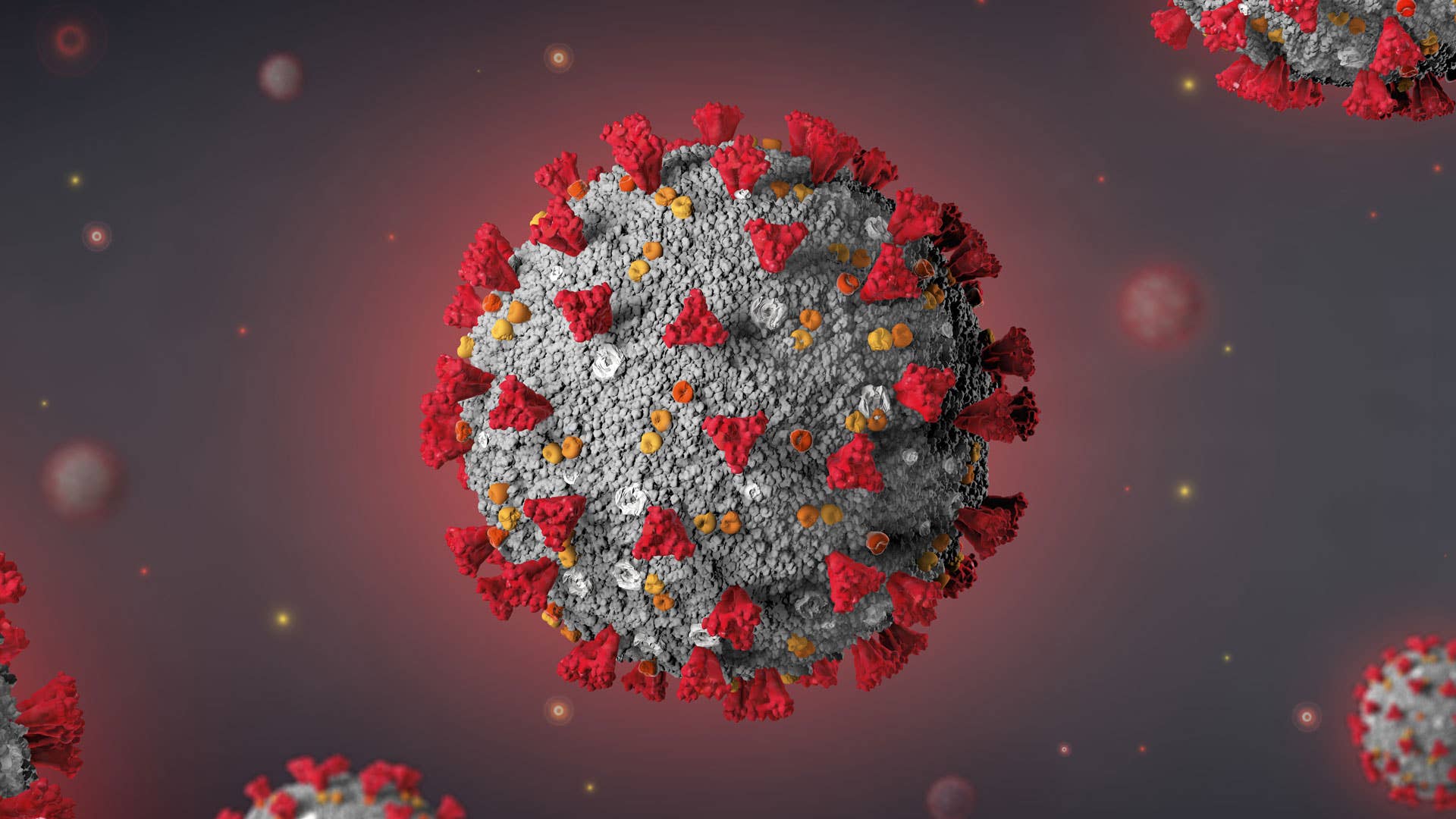
A joint study from the World Health Organization and China, set to release on Tuesday, will reportedly claim that COVID-19’s likeliest origin scenario is that the virus transmitted to humans from bats through another animal. The draft of the report, which was obtained by the AP, also says that a lab leak being responsible for the pandemic is “extremely unlikely.”
The bat to *blank animal* to human theory is one that had previously been floated. The AP summed up the report by saying the findings were largely expected, that it provided details explaining the reasoning behind its findings, but that it also left many questions unanswered. Further research was suggested in all but the lab leak theory.
Delays had repeatedly pushed back the report’s release, which raised questions about whether the Chinese side of the joint study was trying to distort conclusions that would pin blame of the pandemic on their country.
Though the AP got a leaked “near-final version,” it’s not known whether it could still be changed before it comes out.
Four scenarios attempting to explain the origin of SARS-CoV-2 (official name) were presented in the report, listed in order of their likelihood. The scenario topping the list was that transmission came through a second animal, with it being added that such a scenario was likely to very likely. Also explored was the idea that bats directly gave the virus to humans (also considered likely), and the belief that “cold-chain” food products spreading the virus was also a possibility, though it was said that wasn’t likely.
The virus that’s the closest relative to SARS-CoV-2 has been found in bats. But the report says that “the evolutionary distance between these bat viruses and SARS-CoV-2 is estimated to be several decades, suggesting a missing link.”
Other animals that were floated as carriers due to their susceptibility to COVID include pangolins, minks, and cats.
The report is based on a visit by a team of WHO scientists who traveled to the Chinese city of Wuhan (the first city where the virus was detected) back between mid-January and mid-February.
The report failed to come to a conclusion on whether or not the virus started at a seafood market in that city, which is where one of the first clusters of cases occurred in December 2019.

